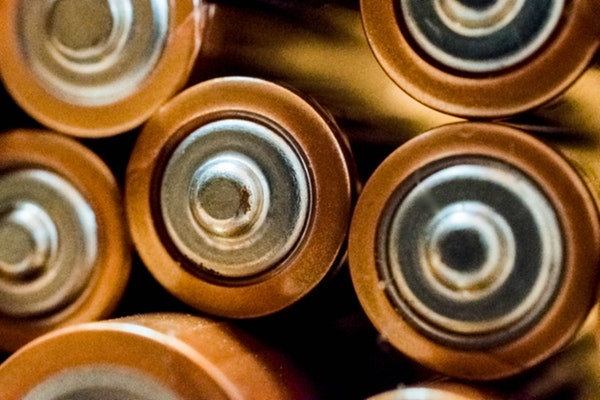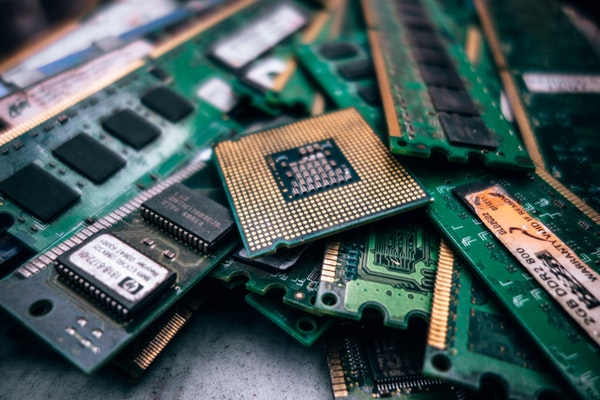
1. Manufacturer Take-Back Programs
Producers create systems for consumers to return end-of-life electronic products for recycling. These programs can be managed directly by the manufacturers or through third-party organizations.
Examples:
- Apple GiveBack Program: Apple allows customers to return any Apple product to their stores for free recycling. Customers can also receive trade-in credit for eligible devices.
- HP Planet Partners: HP offers a comprehensive take-back program that includes recycling of HP-branded products and other electronics, ensuring proper disposal and recycling.
2. Government-Mandated EPR Programs
Certain states and provinces in North America have enacted laws that require electronics manufacturers to finance and manage the collection and recycling of e-waste.
Examples:
- California Electronic Waste Recycling Act: This legislation mandates that manufacturers are responsible for recycling electronics like TVs, monitors, and laptops. Retailers collect an electronic waste recycling fee at the point of sale to fund the program.
- New York State Electronic Equipment Recycling and Reuse Act: Requires manufacturers to provide free and convenient recycling of electronic waste to consumers. This includes products like computers, televisions, and small electronic equipment.
3. Retailer Take-Back Programs
Retailers partner with manufacturers to offer take-back services for electronic products, often providing convenient drop-off locations for consumers.
Examples:
- Best Buy Recycling Program: Best Buy accepts a wide range of electronics for recycling, including TVs, computers, and mobile phones. They work with certified recyclers to ensure proper disposal.
- Staples Technology Recycling: Staples offers a recycling service for various electronics, including office equipment, computers, and peripherals. Customers can bring items to any Staples store for free recycling.
Benefits of EPR Programs
1. Environmental Protection:
EPR programs help reduce the environmental impact of e-waste by ensuring that hazardous materials are properly handled, and valuable resources are recovered.
2. Resource Recovery:
By recycling electronic products, materials like metals and plastics can be reclaimed and reused, reducing the need for virgin resources, and minimizing environmental degradation.
3. Economic Incentives:
EPR programs drive innovation in product design, encouraging manufacturers to create more durable, repairable, and recyclable products, ultimately benefiting consumers and the environment.
4. Consumer Education:
These programs raise awareness about the importance of responsible e-waste disposal and encourage consumers to participate in recycling efforts.
Extended Producer Responsibility programs are essential for mitigating the growing e-waste problem in North America. By holding manufacturers accountable for the lifecycle of their electronic products, these programs promote sustainable product design, ensure proper disposal, and encourage resource recovery. As consumers, supporting brands and policies that embrace EPR can help drive the shift towards a more sustainable and environmentally responsible approach to electronics. Together, we can tackle the e-waste challenge and pave the way for a greener future.






















































.png)

%20(25).png)
%20(24).png)
%20(22).png)
%20(21).png)
%20(20).png)
%20(19).png)









%20(12).png)










.png)





.png)
.png)

.png)

.png)


.png)

.png)





.png)
.png)





.png)



.png)











.png)










.png)

.png)






.jpeg)



.png)




.png)







%20resize.jpeg)



%20small.png)

.png)









.png)

.png)















.jpg)
.jpg)
.jpg)
